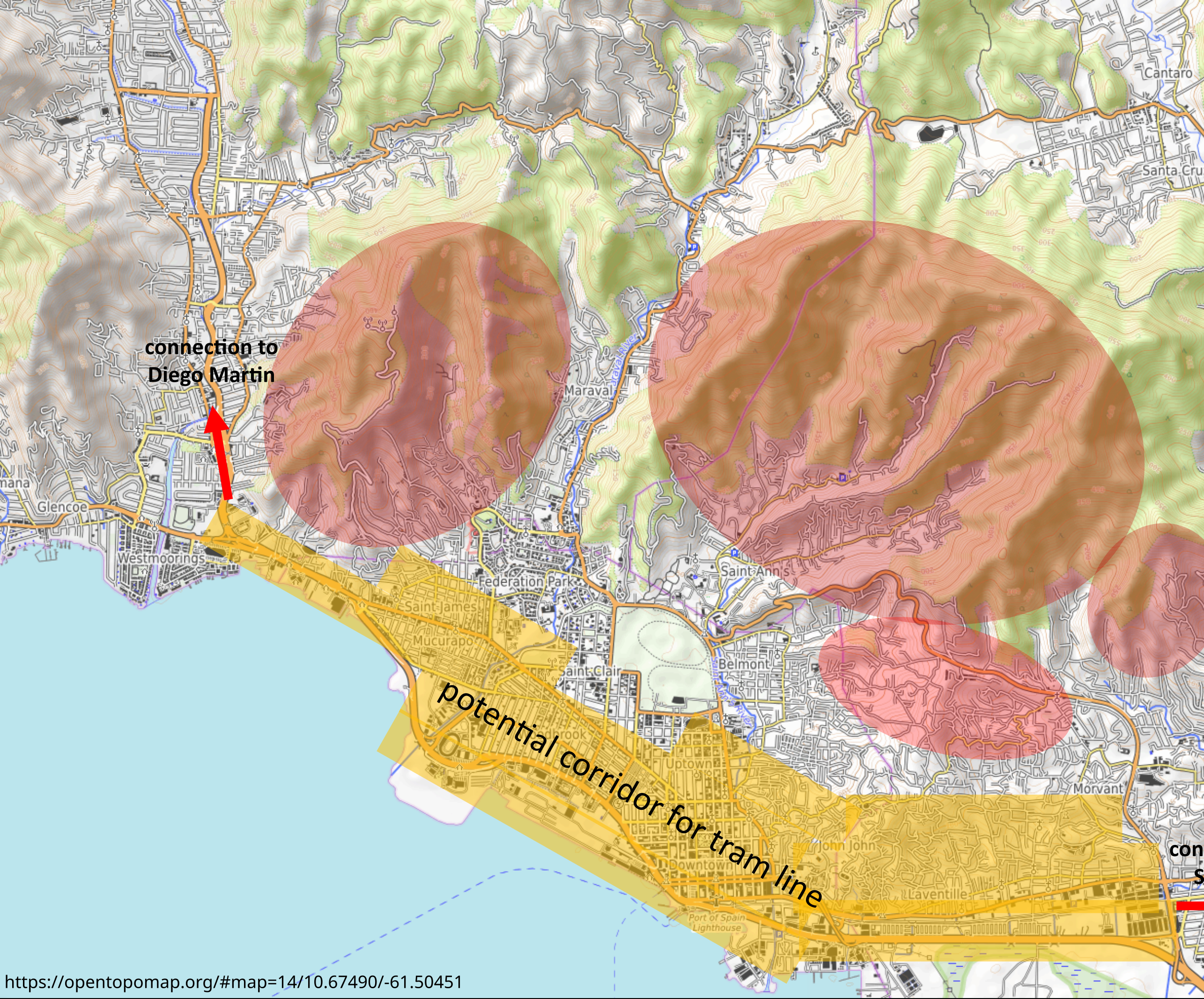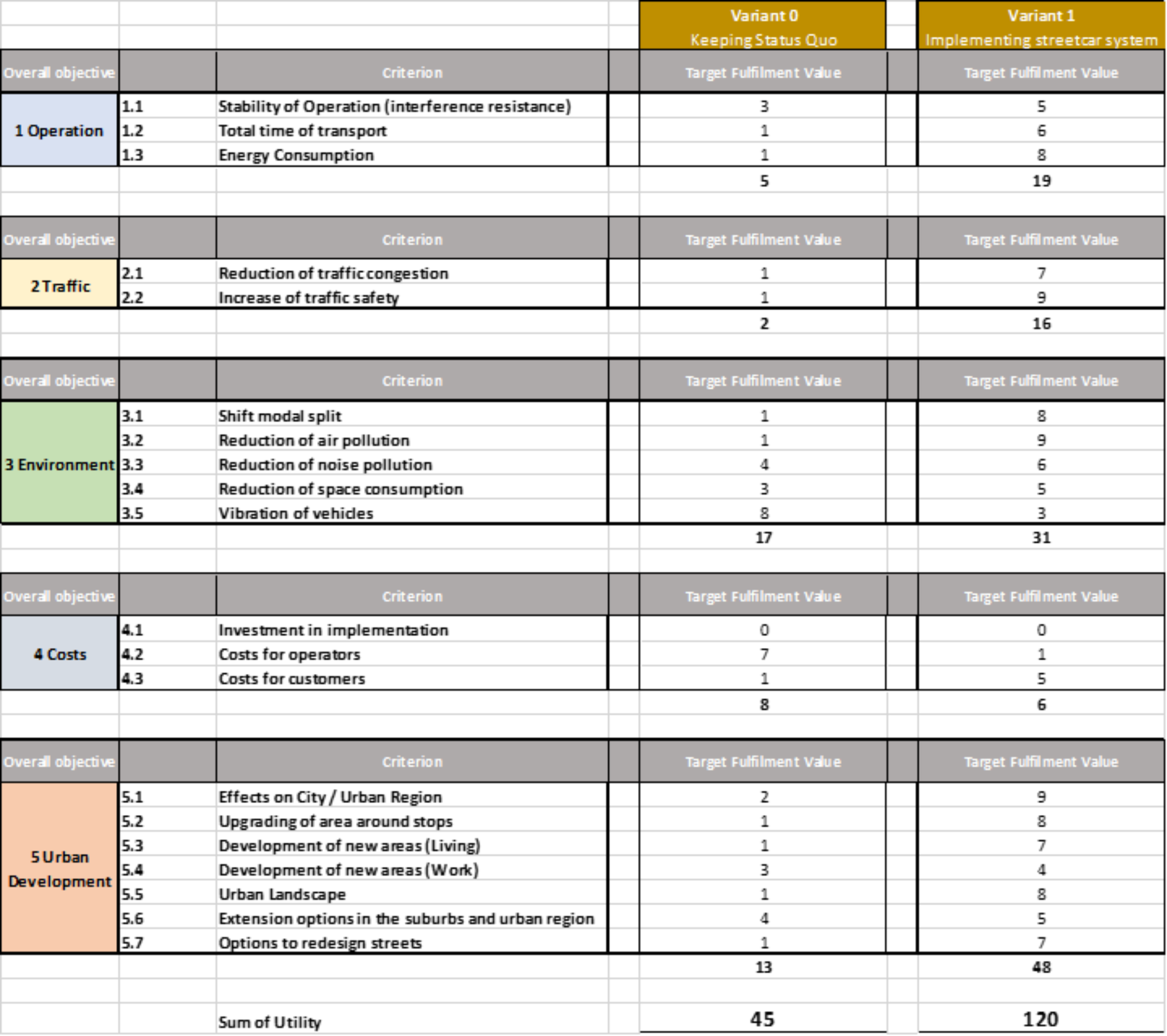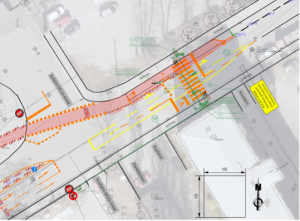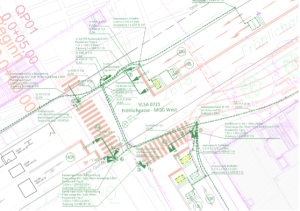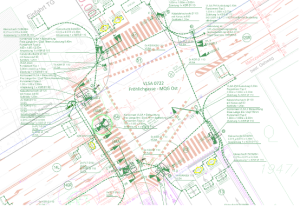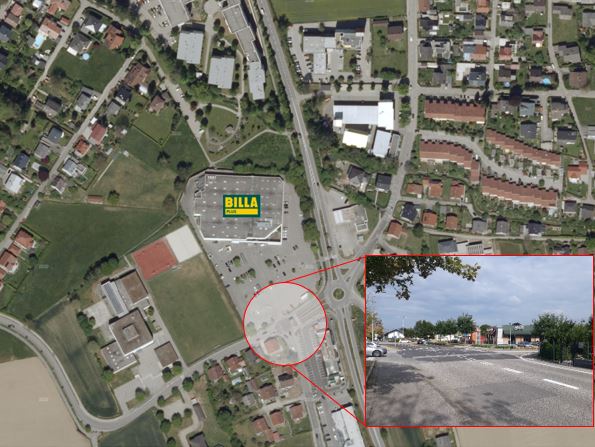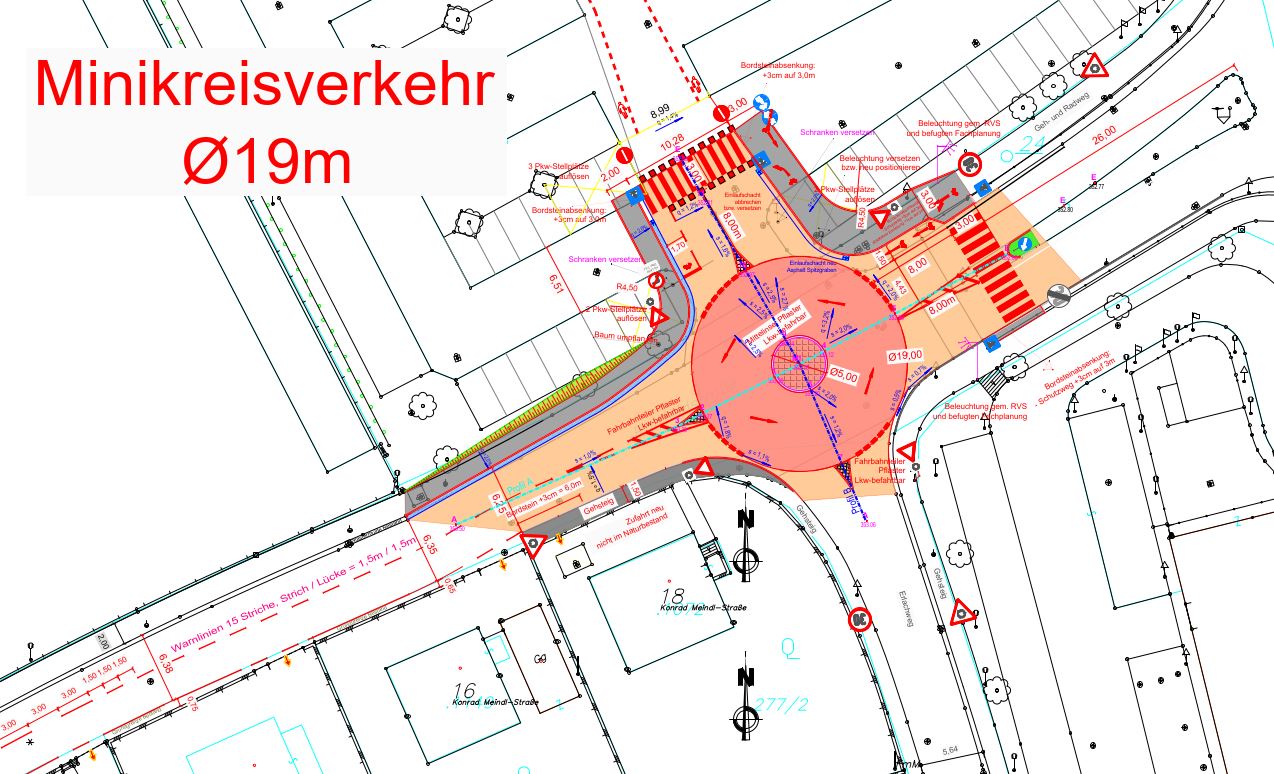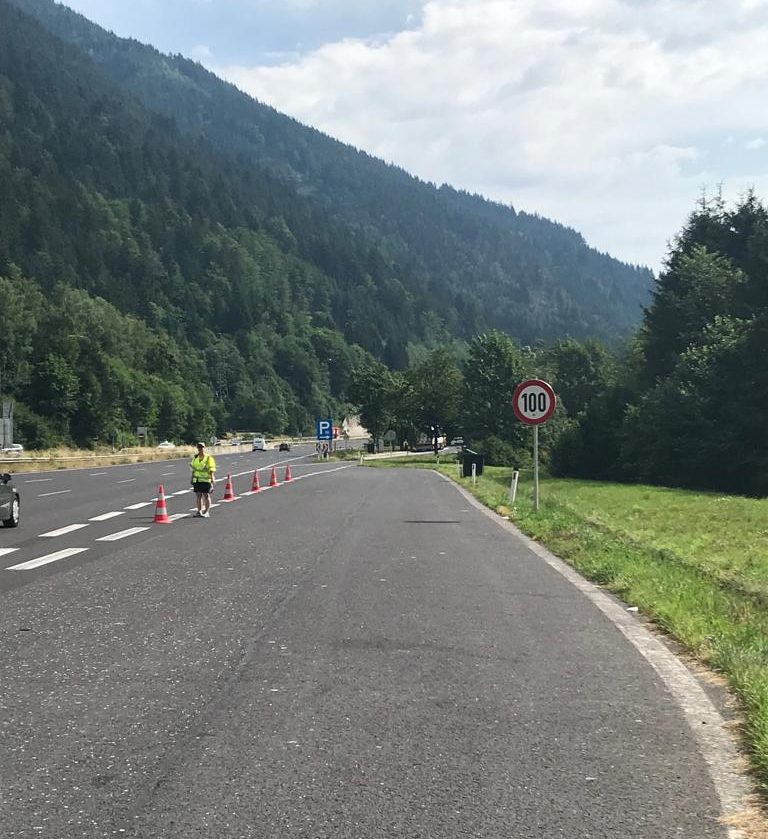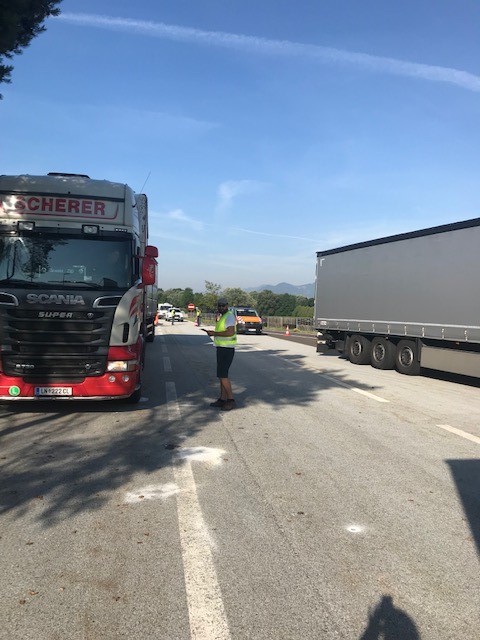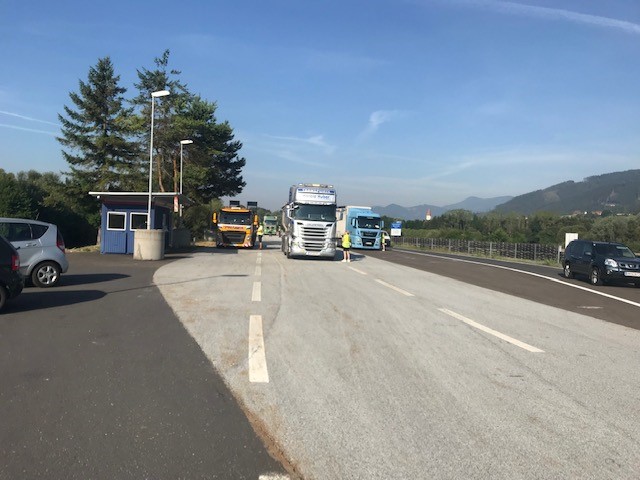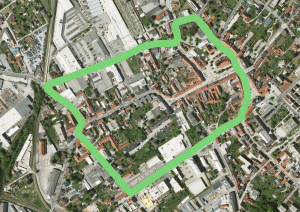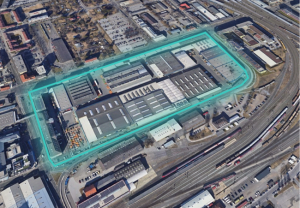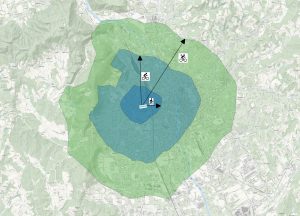Uncategorized
PLANUM Fallast & Partner wishes you a Merry Christmas and a happy and successful New Year
This year we are presenting our first AI-generated Christmas card with the theme: ‘sustainable, smart cities, urban infrastructure, active mobility in a city with Austrian flair during the Christmas season’.
The result is of course idealized and probably not necessarily RVS-compliant, but as planners we will be confronted with this technology more often in several areas in the future and will also use it. On the one hand, the possibilities are unimaginably exciting. On the other hand, there will also be a downside. We hope that through conscious and responsible handling and well thought-out regulation, the effects will remain positive for us all.
With this in mind, we wish our clients, partners and friends a Merry Christmas and a blessed New Year 2024.
Thank you very much for your trust and the good cooperation! We look forward to welcoming you again from January 8, 2024!
The PLANUM Team

